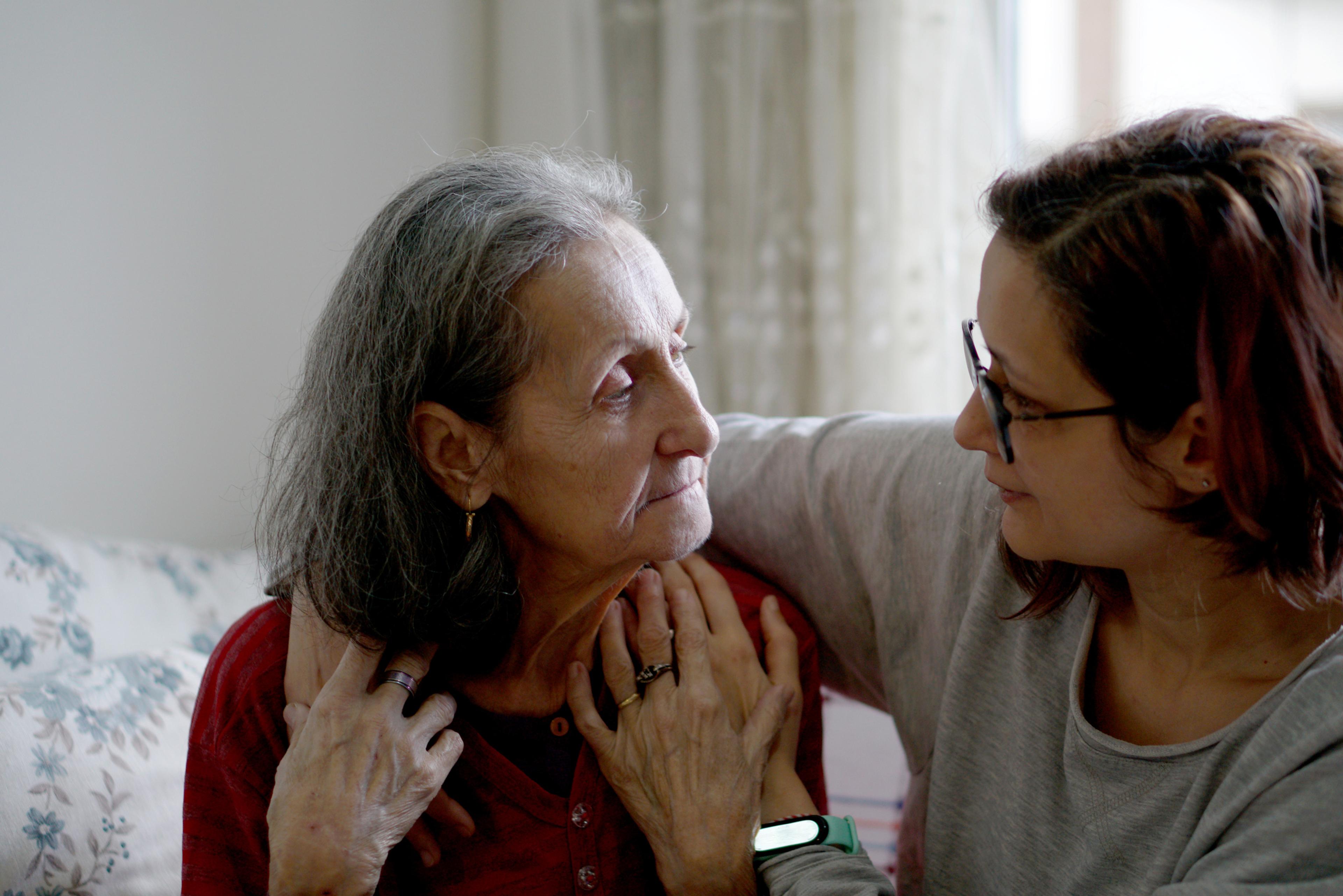Suicide is a Leading Cause of Death for Michiganders: Here’s How Everyone Can Spread Awareness

Dr. Kristyn Gregory
| 4 min read
Dr. Kristyn Gregory, D.O., is a medical director of ...

Nearly 1,500 people in Michigan died by suicide in 2022, resulting in a suicide death rate of 14.4 deaths per 1,000 in the state. Of these deaths, 78% were men and 56% were firearm-related, according to the Michigan Suicide Prevention Commission’s 2024 annual report.
Suicide prevention should be a priority for all Michiganders. Everyone can take part in suicide prevention by taking the time to understand the issues concerning suicide and mental health, helping others in crisis and changing the stigmatic conversation around suicide.
Suicide risk behaviors and warning signs
Multiple factors can increase suicide risk. An individual’s sense of self or self-worth and relationship struggles, among many other factors, can increase the possibility of attempted suicide. Here are specific risk behaviors to be mindful of:
- Acting anxious or agitated and behaving recklessly.
- Expressing the experience of having thoughts of suicide that are intense, pervasive or difficult to control.
- Extreme mood swings
- Increasing drug or alcohol use
- Looking for a way to kill oneself, such as searching online or buying a gun
- Sleeping too little or too much
- Talking about a wish to die or plan to attempt suicide
- Talking about being a burden to others
- Talking about feeling hopeless or having no reason to live
- Withdrawing or isolating
Remember QPR
The “Question, Persuade, Refer” (QPR) method can be an extremely useful suicide prevention tool. If someone exhibits the warning signs listed above, try taking these steps to help:
- Question. “Are you thinking about suicide or feeling that life may not be worth living?” Asking someone this question is designed to assess their safety by figuring out if they have a specific plan and intent to act on that plan. Risk of suicide increases significantly as people put more pieces of a plan in place, according to the Michigan Department of Health and Human Services (MDHHS).
- Persuade. “Will you let me assist you to get help right now?” The desire to die by suicide can be a frightening and isolating experience. Expressing compassion and emphasizing the availability of confidential resources can be crucial.
- Refer. Refer the person to an appropriate resource. Resources may be an employee assistance program, the 988 Suicide & Crisis Lifeline or emergency services (911). If a threat isn’t imminent, help the person create a plan to seek therapy. Following up by calling, texting or visiting to ask how the individual is doing or if additional support is needed.
The importance of a safety plan
According to the Suicide Prevention Resource Center (SPRC), a safety plan is a prioritized, written list of coping strategies and sources of support for individuals deemed to be at high risk for suicide. The plan is designed to be brief, in a person’s own words and easy to read.
A “Safety Plan” mobile app is available for iOS and Android users. It allows individuals to create a custom, step-by-step action plan to keep themselves safe during a crisis. Whether one chooses to utilize the app or write a safety plan out by hand, these six steps serve as a foundation for any plan:
- Step 1: warning signs: Consider the thoughts, feelings, images and behaviors that change when feeling distressed.
- Step 2: internal coping strategies: Consider coping mechanisms that could be helpful when feeling depressed, anxious or unsafe. Ask, “What can I do to help myself avoid acting on these thoughts and urges?”
- Step 3: social contacts who may distract from the crisis: This can include a list of places to go and people to call to ease one’s mind. The goal in this step is distraction from suicidal thoughts and feelings.
- Step 4: family members or friends who may offer help: List one’s closest friends and relatives who can offer support. List several people in case one contact is unreachable. Unlike in step 3, this step involves revealing the fact that one is mired in a crisis.
- Step 5: professionals and agencies to contact for help: Create a list of medical and mental health providers, as well as crisis resources. List names, numbers and/or locations of nearby clinicals and urgent care providers.
- Step 6: making the environment safe: List ways to make one’s space safer, remove risk and share this safety plan with someone who can help. Ask questions like, “Do I own a firearm?” and “What other means do I have access to and may use to inflict harm on myself?”
Once a safety plan is created, an individual can identify reasons to live, explore more coping strategies, track mood and set reminders.
Kristyn Gregory, D.O., medical director of behavioral health at Blue Cross Blue Shield of Michigan. For more health tips and guidance, visit MIBlueDaily.
Photo credit: Getty Images





